What analytics should be used for effective retail management?
Retail is one of the largest consumers of analytics. It is difficult to imagine that the chain owner makes business decisions intuitively without real data. The risk from such actions is too high.
To develop solutions, managers should:
- collect and study historical data on the chain operation;
- evaluate all KPIs for stores, category managers, categories, etc.;
- find "weak" places in the chain;
- set goals based on available resources and capabilities.
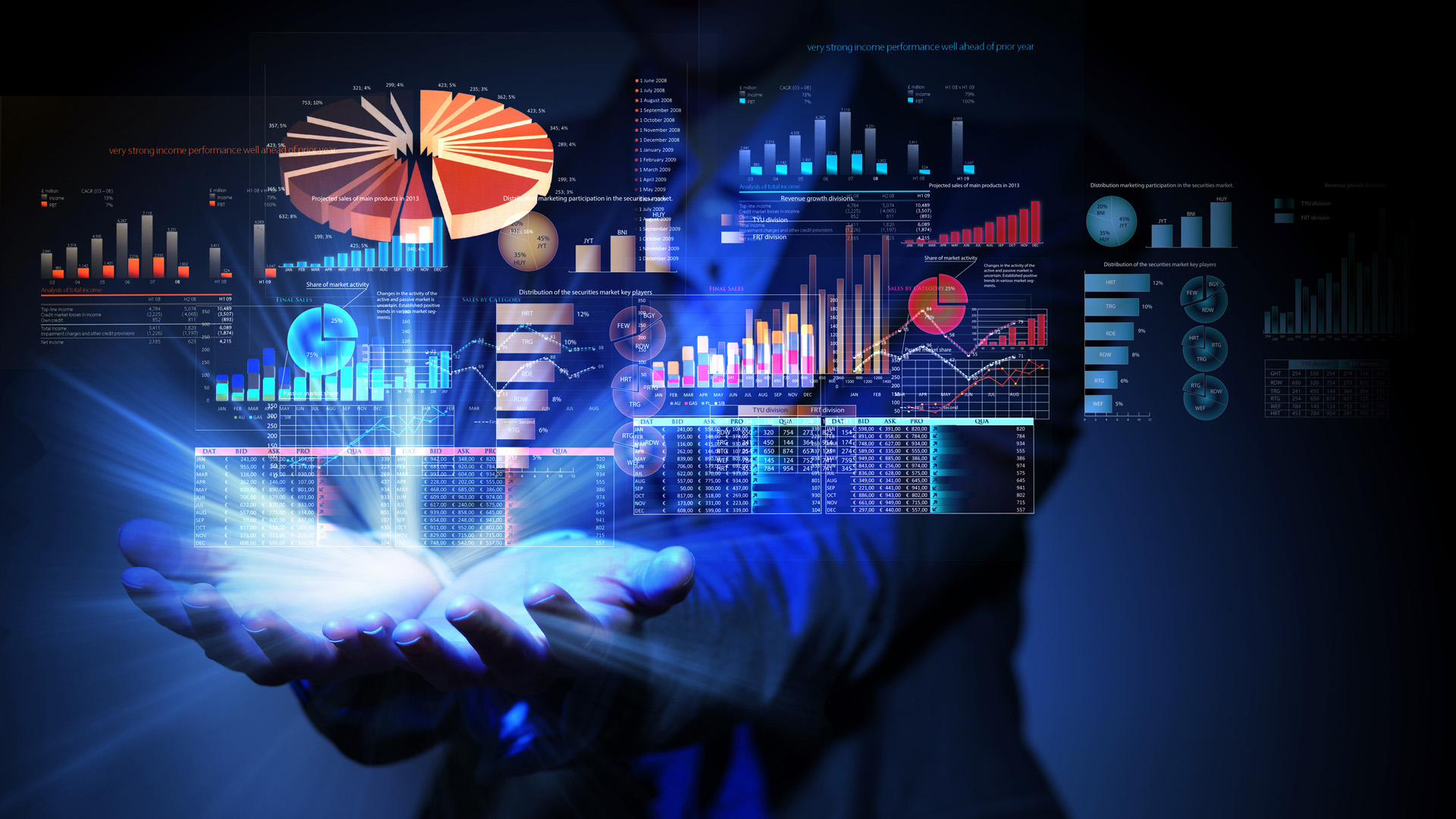
What is analytics?
Analytics is not just a list of metrics and indicators, but a whole complex that includes: collecting data on stores, their systematization, and detailed metrics analysis.
In the future, such information create a completely objective picture of how the business functions:
- how profitable stores are;
- whether the assortment matrix is correctly formed;
- how well the interaction with partners has been established: suppliers, transport companies;
- If employees are working with clients correctly?
Analytics in retail is a multi-level system that includes the following varieties:
- Descriptive analytics answers to the question: "What happened in the chain stores?"
- Diagnostic analytics answers the question: "Why did this happen?"
- Predictive analyticsfocuses on the question: "What expectations are from the future?"
- Prescriptive analytics generates recommendations of what and how to do to achieve success or avoid failures in the chain.
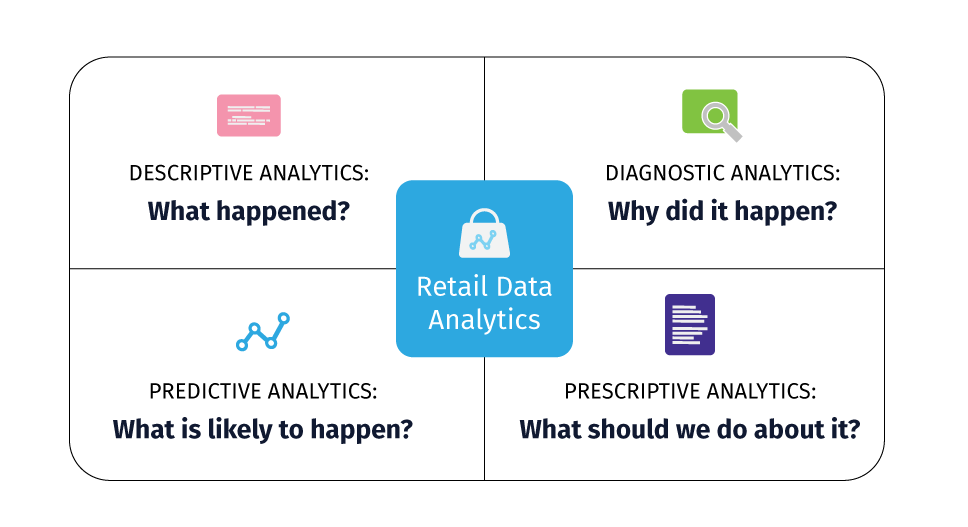
All these levels can be represented as an "analytical pyramid", where the initial level is descriptive analytics, and the top is prescriptive analytics. Every next level of the pyramid will be more "advanced" and more valuable to manage.
Descriptive analytics in retail
This is the oldest type of analytics and the most common at the same time.
Its main mission is to collect and process a large array of historical data that reflects the experience and the results of the chain. Simply put, this is a detailed assessment of the retrospective picture of the business.
Advantages! With the help of tables, visualizations, and dashboards, you can understand in detail "how a business deals":
- how much profit received;
- how much sales value has been achieved;
- what percentage of customer conversion is;
- what the cost of inventory is, etc.
These indicators can also be studied in dynamics - how they have changed (increased/decreased) compared to previous periods.
Disadvantages!Descriptive analytics points out the missed opportunities of the company and does not explain their reasons.
However, you should not discount descriptive analytics, because it is the source of data for all subsequent levels of the "analytical pyramid".
Without knowing the past, you can not predict the future!
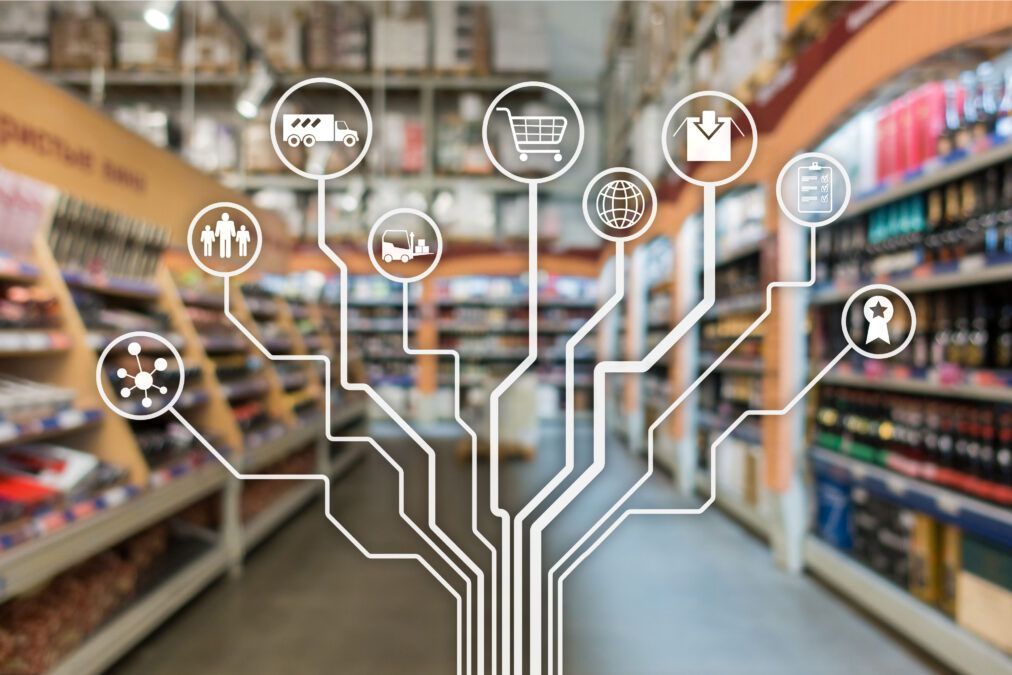
Diagnostic analytics
A type of analytics that provides managers with more "advanced" data about the reasons for their results. As tools, diagnostic analytics uses static methods and machine learning (ML) technologies.
The main task of this analytics is to diagnose what led to the increase/decrease in the performance of the chain stores.
For example.According to the results of descriptive analytics, an increase in sales value by 5% over the last month was established, while diagnostic analytics notes that such a change occurred due to a price increase by 3% and an increase in the number of goods sold by 2%.
Advantages! It explains the reasons that led to changes in the business. Such data allows you to adjust management decisions and avoid failures in the future.
Disadvantages! Like descriptive analytics, it focuses on past chain experience.
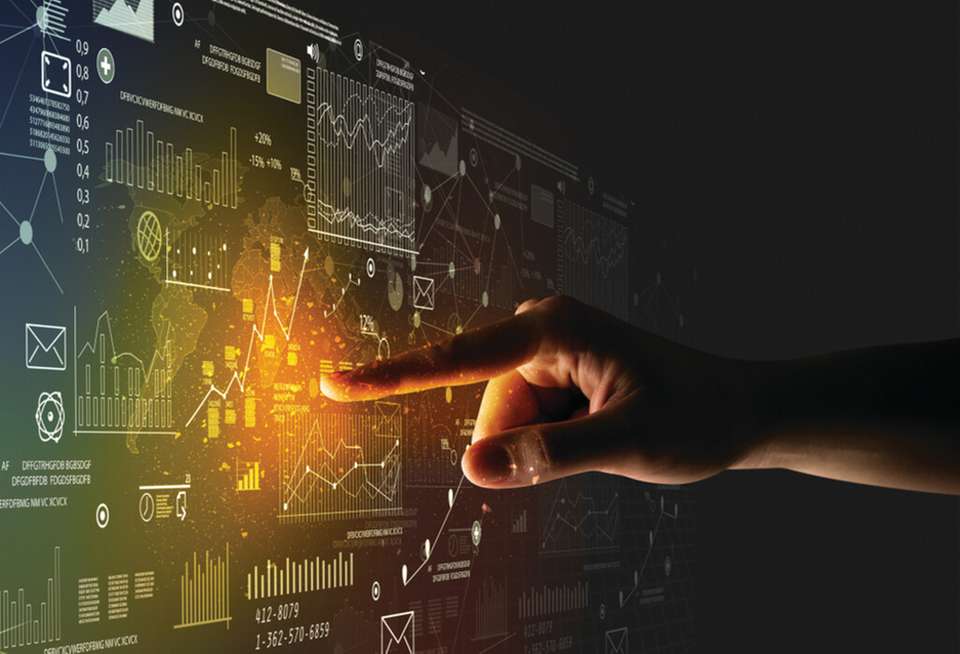
Predictive Analytics
The next higher level is predictive analytics.
The main task of these analytics is to predict the chain's future (demand for goods, expected sales, etc.).
For accurate forecasts, such analytics uses sophisticated analytical techniques and artificial intelligence (AI) algorithms.
For example.AI technologies can predict the growth in demand for certain products during the holidays. This will allow the manager to prepare: order the right amount of goods on time and avoid overstocks.
Advantages! Retailers using this type of analytics know exactly "what to expect in the future" and how to prepare for it.
Disadvantages! Predictive analytics must be built on proven and well-tuned AI algorithms, otherwise, the forecast results will be unrealistic.
This kind of data is a "must-have" for every chain owner, especially in today's challenging market conditions.
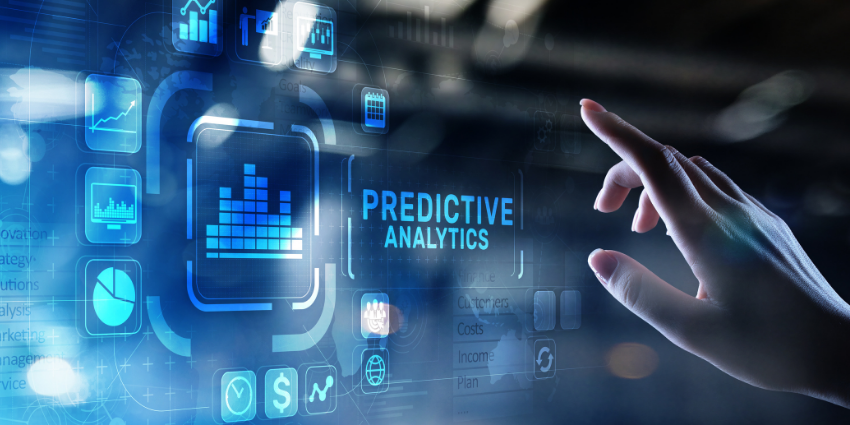
Prescriptiveanalytics
This is the top of the "analytical pyramid". Prescriptive analytics is rightly called "live numbers".
The main goal of these analytics is to provide competent advice on how to proceed to achieve better business results.
That is, with the help of prescriptive analytics, the chain owner not only knows "what happened", "why it happened" and "what to expect in the future", but also receives hints - "what should be done" for further success.
The tools of such analytics are the latest AI technologies that can notice the smallest details in the chain and choose the best management solution among all possible ones.
For example. There is a need to determine at what price to sell the goods in order not to lose customers and get the maximum profit. Prescriptive analytics will work through big data and model the customers' behavior at various price values and choose the option that will "bring" the chain the most profit.
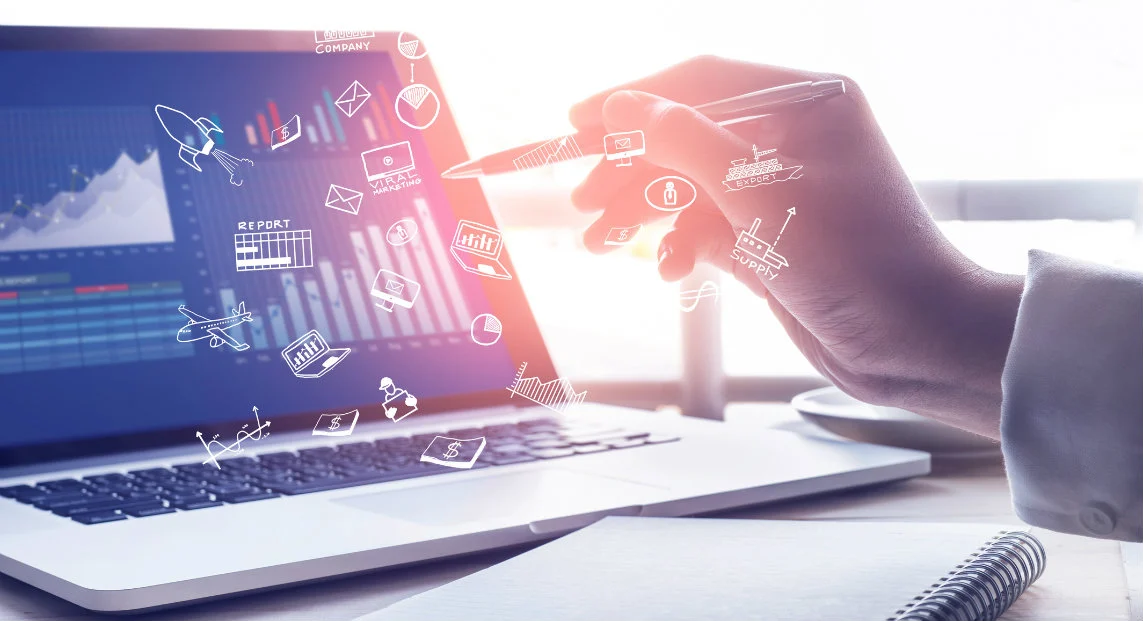
Such analytics is the retailer's personal consultant, who will guarantee the success of the business with their professionalism.
The best analytics for retail from Datawiz
The analytical platform for retailers BES Datawiz is a combination of all types of retail analytics. With its reports and dashboards, you can:
- collect and analyze data on the work of stores and personnel with the necessary detail;
- identify trends and causes of their changes;
- accurately predict chain activity and all external factors of the business environment;
- receive competent recommendations on what prices to sell, what products to introduce into the assortment, and how to prevent lost sales and avoid "failures".
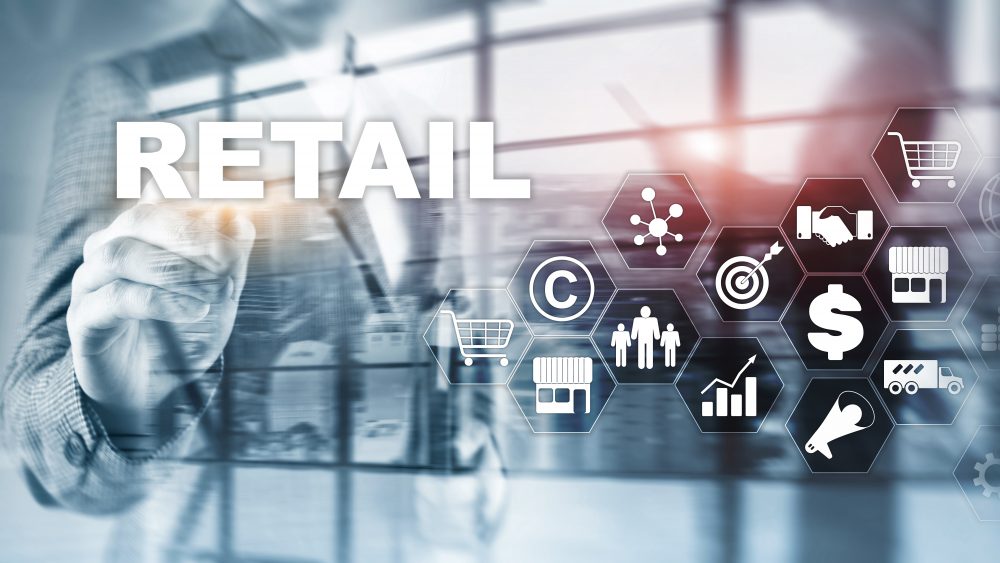
Your success is the main goal of the BES Datawiz platform.
 What's new?
What's new?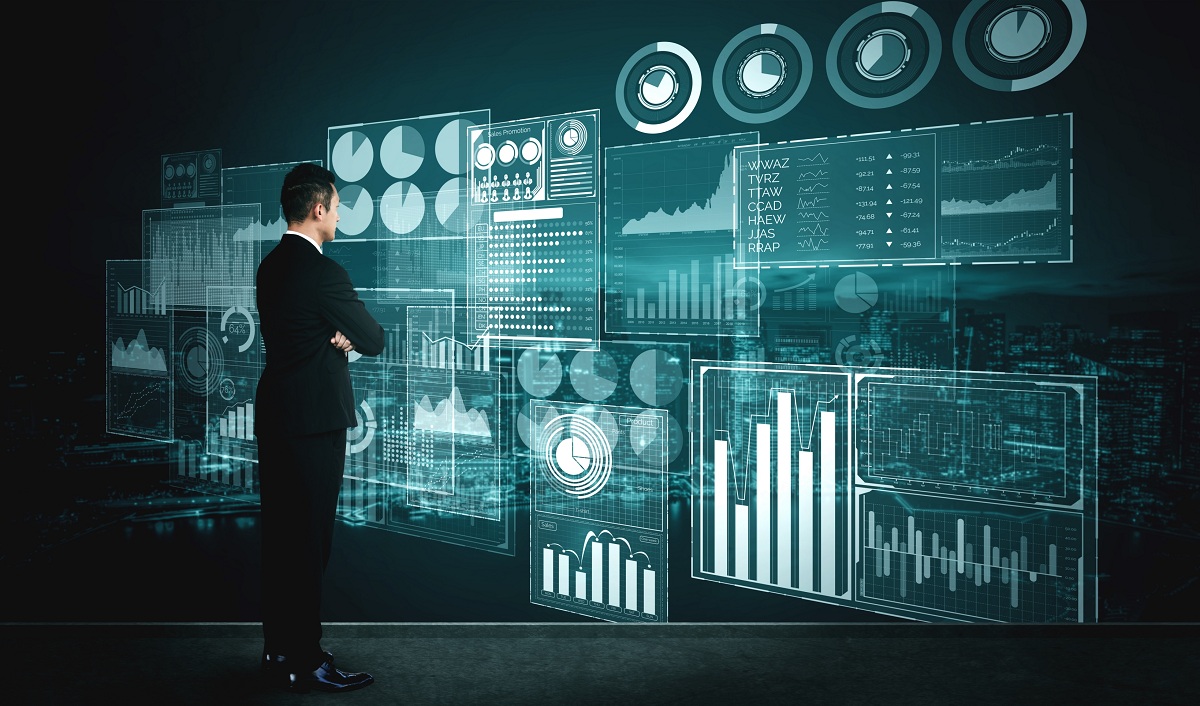


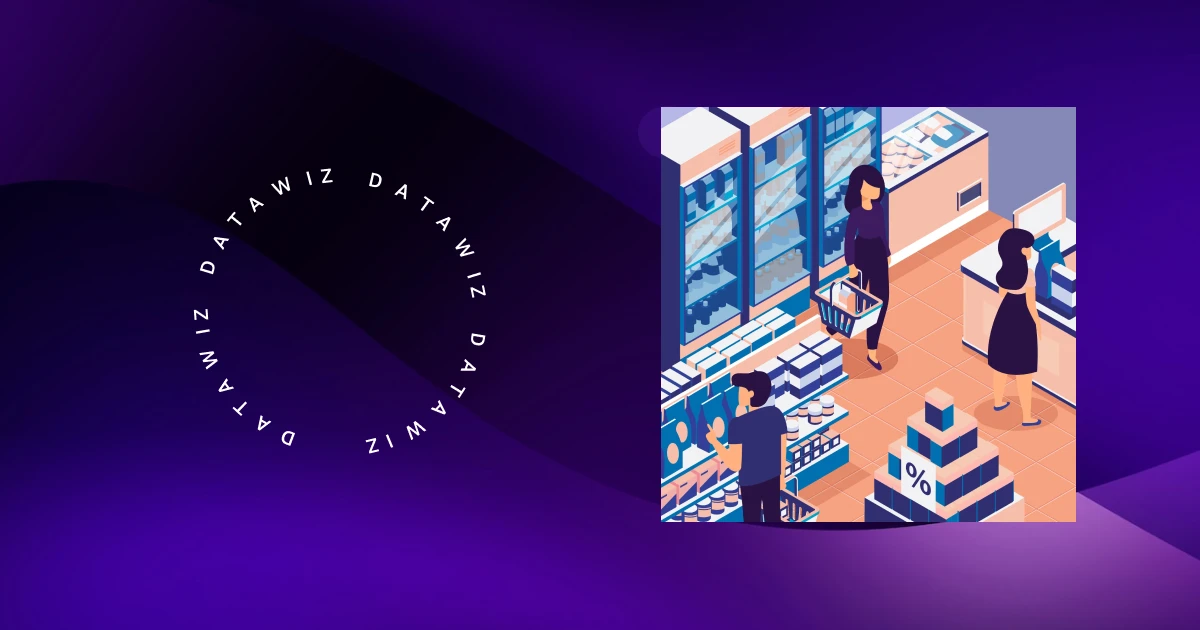
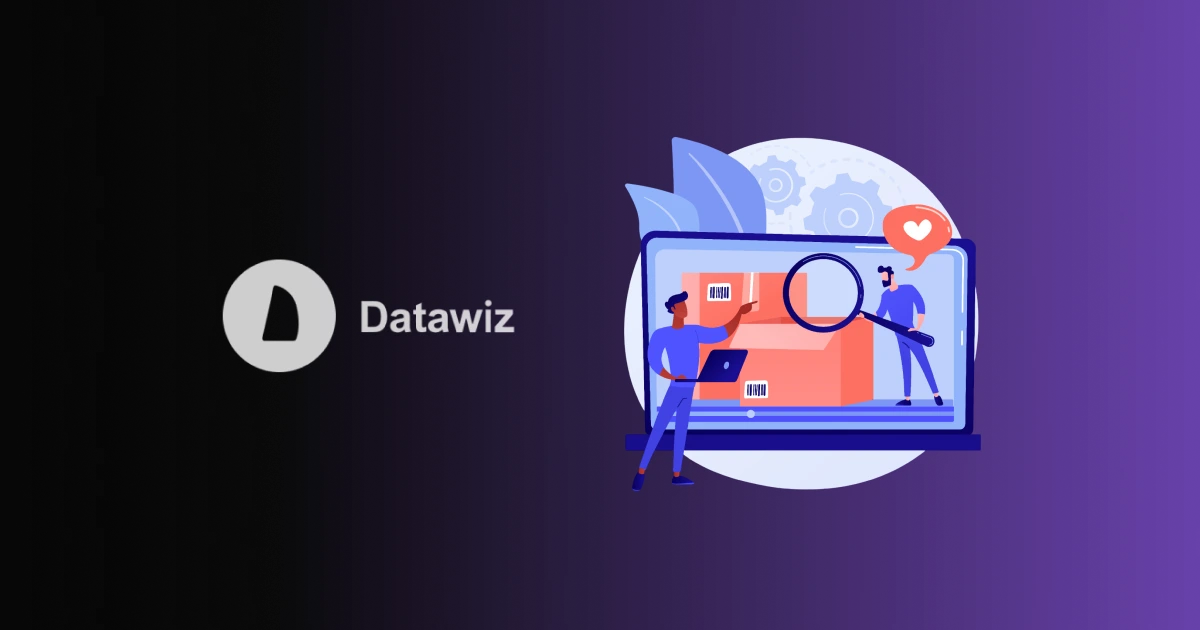

 No credit card required
No credit card required